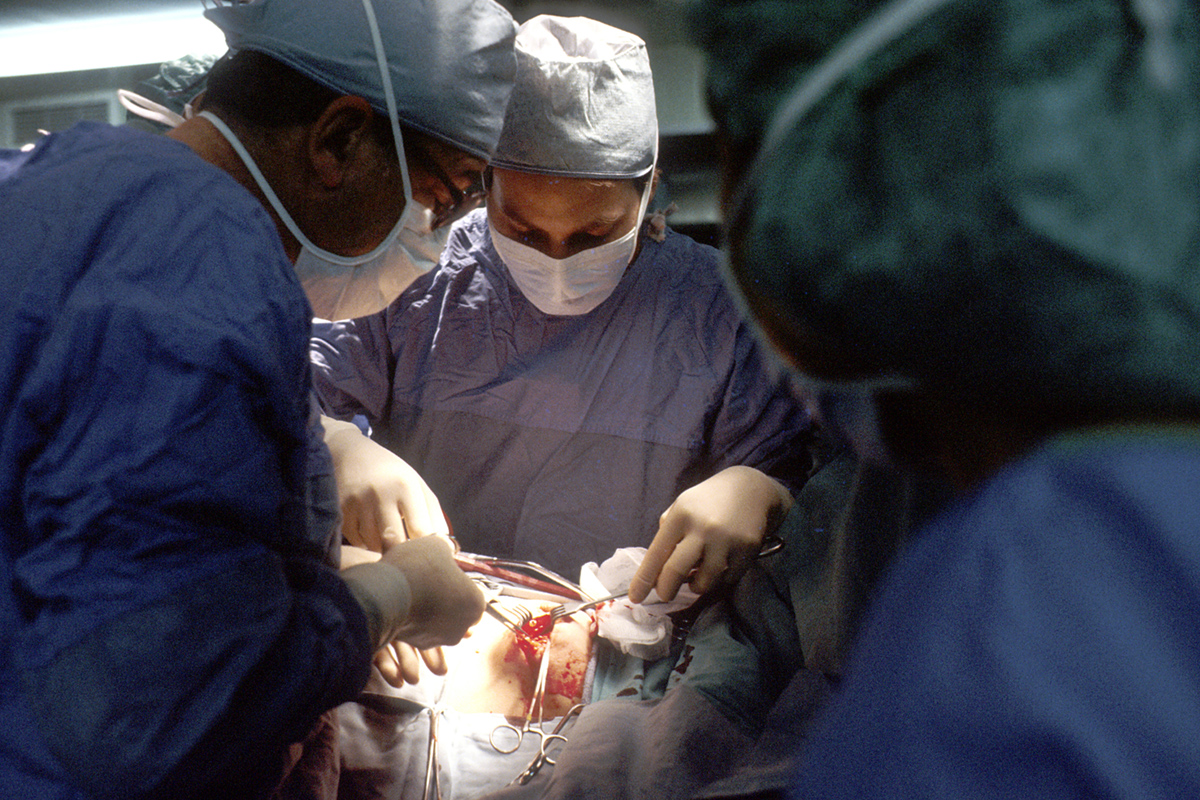
Breast biopsy is sometimes needed to determine whether the breast tissue is affected by any sort of abnormality. The tissue is surgically extracted or drawn using a needle, and the tissue is then examined by a pathologist.
When is it done?
A breast tissue biopsy is recommended when abnormalities are found in a physical exam or imaging tests. This can be a bump felt during examination or self-examination, or tissue changes observed on a mammogram. Biopsy is only done if other tests, such as ultrasound, are not conclusive and cannot rule out cancer completely. This is because a biopsy is considered an invasive procedure.
The number of cases of breast cancer has been increasing over the last decades. The risk increases with age, and women aged between 60 and 70 are at the highest risk. Today it is estimated that one out of eight women will develop breast cancer at some point in life.
Procedure and aftercare
The type of biopsy, will depend on the specific case in question. It depends on where the suspected bump or tissue is located, how it felt, and how visible it was on the mammogram or ultrasound.
After the surgical biopsy is done, the incision will be stitched and bandaged. While the stitches should stay on for at least one week, the bandages can be removed after a day to two. Depending on the extent of the procedure, normal activities can be resumed after two or three weeks, but the patients are usually advised to avoid strenuous physical activity for at least two weeks.
In case the biopsy was performed with a needle, the opening in the skin will be minimal and it can be closed with a small bandage or with a thin, see-through tape called steri-strip. Patients who have undergone needle biopsy can return to their normal activities immediately after the procedure. However, strenuous activity is not recommended in the following 24 hours. The bandages or the tape can be removed the next day.
As for the risks and side effects of breast biopsy, there is always chance of infection when the skin is broken, but in this case the risk is minimal. If the infection does occur, it is indicated by redness, pain and swelling.
Hematoma is another potential side effect. If it is not too big, it does not pose a problem and it will go away on its own very soon, but if it is very large, it may require draining.



_f_280x120.jpg)


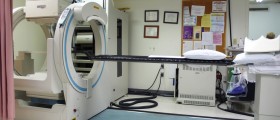

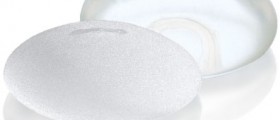





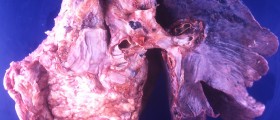
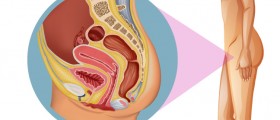

Your thoughts on this
Loading...